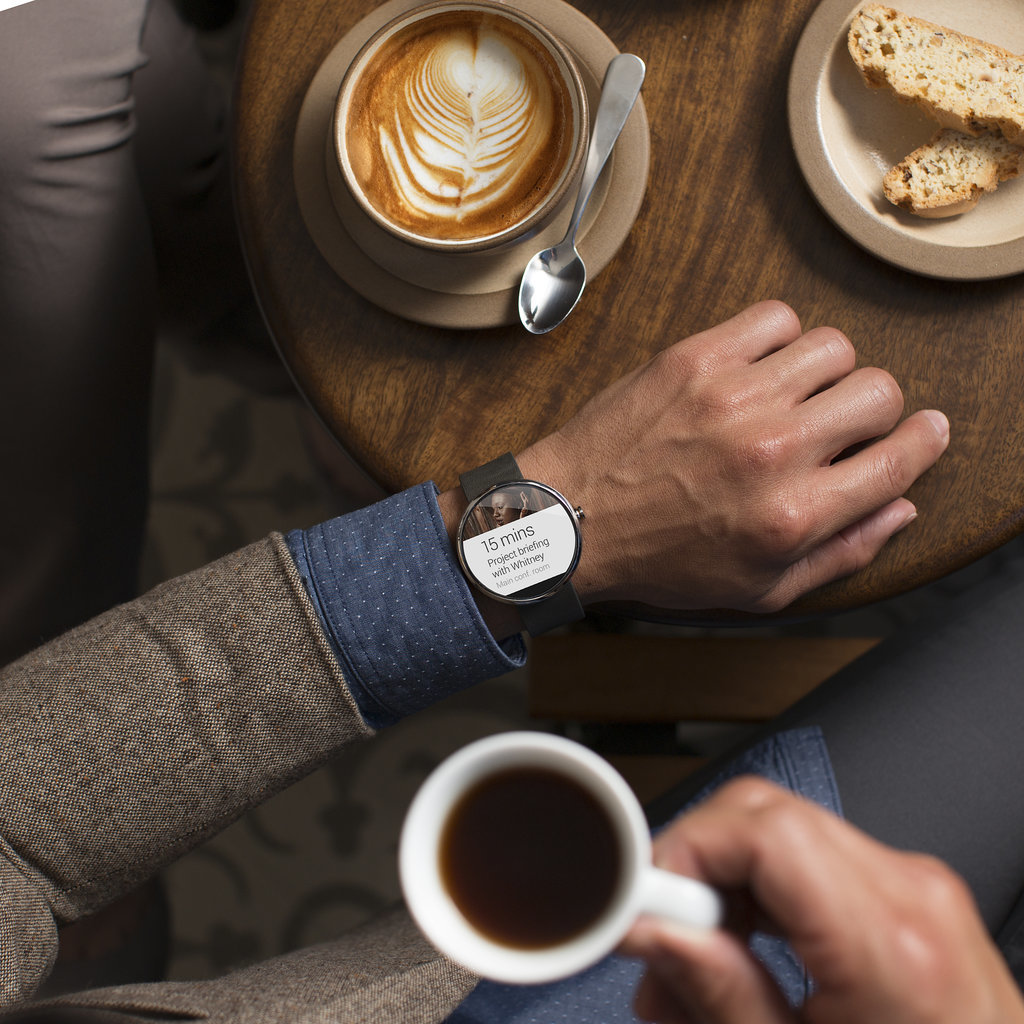Week 6: Anthropometry & Fit
 |
| Image: That's a camera at the top. Samsung Gear2 Smartwatch (Source: Samsung.com) |
When I first heard of the term "Smartwatch" I was actually really excited about it. It was the start of wearable technology. A collaboration of fashion and technology. Gone are the days where digital watches meant ugly plastic bracelets with LED displays.
 |
| Image: Yea I'm talking about these babies. I wore one of these 24 hours a day in the fourth grade. I never took it off, even in the shower. (source: baby-g.com) |
I've always been kind of a watch wearer so the smartwatch would've been a grown-up version of my Baby-G from back in the 90's. But with the new releases from Samsung, Apple, and Google, I'm beginning to lose faith in this over-hyped trend of wearable tech.
 |
| Image: Apple IWatch (Source: Apple.com) |
First thing I noticed was how impractical these smartwatches were. Trying to jam all the features of a smartphone into a tiny 2x2 screen isn't the way to go. I'm a person with relatively tiny figures and I know I'll have problems trying to press the correct app on that app layout. I can't imagine someone with bigger hands and how they'll be able to activate anything. Not to mention, there's no way of communicating with it. The screen is too small to even attempt to type with and voice recognition has yet to be developed into an efficient benefit on a smartphone. Phone capabilities are the only viable option at the moment but will require you to run a headset from your wrist to your ears. Talk about restriction of movement. Which brings me to my next point...
 |
| Image: Using 2 hands for a 1 handed task (Source: Samsung.com) |
Let's be honest, who uses 2 hands anymore when they're quickly replying a text? Actually we don't even use all the fingers like typing on a keyboard. We use 1 limb, the thumb, to send all our quick sms replies. The smartwatch is unfortunate in being located on a wrist. Already it is rendering 1 arm just to hold itself up while the other must be used to do anything on it. The action of bring the arm up to seeing level and the other hand having to reach across to use it is a huge range of motion that can cause injuries with repetition. From an injury prevention standpoint, the arms are not in a neutral position which will cause muscle strain with time. And also, since the screen is so tiny, you'll have to squint if you don't bring the closer to your eyes. All of this sounds like the watch will cause repetitive strain injuries just so you can read a text.
 |
| Image: Moto 360 Smartwatch (Source: motorola.com) |
Especially with an aging population, the watches just aren't as intuitive and as user friendly as the current dominant force in tech; smartphones.
So what's the deal?
This is where smartwatches have the advantage over smartphones. Because it is so conveniently located on the wrist, this makes smartwatches easier to access. You don't go into your pocket or rummage through your bag to find your phone. With a simple tap from the watch, you can easily unlock your door without having to fumble with your keys, It becomes this universal key that opens everything.
You can also easily adjust the temperature, lights and music in your home before you even get there. Once you leave the house, electronics that aren't needed will be turned off automatically to save electricity. Of course, all of this can be done on a phone as well, but you'll look totally bond-esque doing all this from a tiny gadget on your wrist.
 |
| Image: Moto 360 with Nest temperature app (Source: smartwatchgroup.com) |
You can also easily adjust the temperature, lights and music in your home before you even get there. Once you leave the house, electronics that aren't needed will be turned off automatically to save electricity. Of course, all of this can be done on a phone as well, but you'll look totally bond-esque doing all this from a tiny gadget on your wrist.

No comments:
Post a Comment